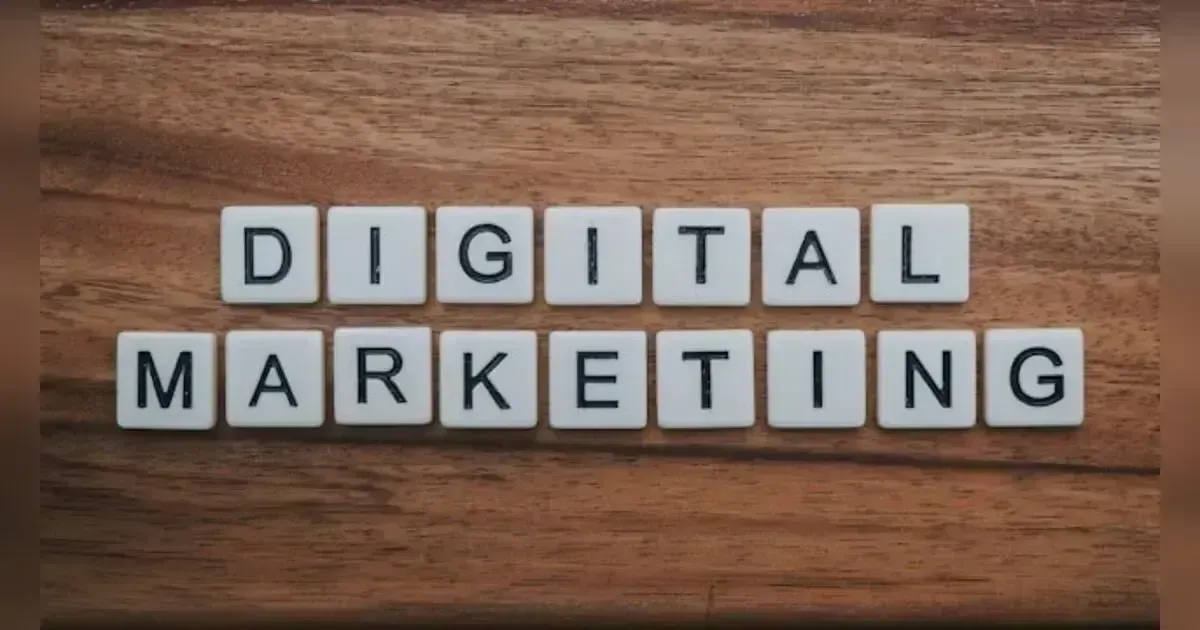This article offers transformative personal finance tips, covering essential strategies such as budgeting, saving, investing, and avoiding lifestyle inflation. It also explores smart ways to finance a car, emphasizing options like paying cash, securing favorable loans, and understanding hidden costs. These insights help build financial security and long-term wealth.
Introduction
Managing money is a skill that goes beyond the basics of budgeting and saving. It’s about building a strong financial foundation that allows you to thrive rather than just survive. Suppose you’re serious about changing your relationship with money. In that case, this article introduces you to strategies that go beyond conventional wisdom and dive deeper into creating wealth, achieving financial security, Personal Finance Tips That Will Change the Way You Think About Moneyand building a life of abundance. Whether you're just beginning your financial journey or looking to refine your habits, these personal finance tips will revolutionize how you handle money.
In addition, one of the biggest financial decisions most people face is buying a car. How do you make this decision without drowning in debt? Financing a vehicle purchase requires smart planning and a clear understanding of your financial options. By the end of this article, you will not only know how to manage your money wisely but you’ll also be equipped with the best strategies to finance a car in a way that doesn’t leave you financially strained. So, let’s dive into these transformative tips and explore how they can help you reframe your perspective on personal finance.
1. Pay Yourself First: The Golden Rule of Wealth Building
One of the most fundamental personal finance rules is to always pay yourself first. This means prioritizing saving a portion of your income before paying any bills or expenses. Too often, people wait until the end of the month to save, only to find that there's nothing left. By flipping this approach and setting aside a fixed percentage of your income for savings or investments immediately after receiving your paycheck, you ensure that your future self is cared for.
This strategy works well because it forces you to adapt to living on less. You can set up automatic transfers into your savings or investment account each time you get paid. Even if it’s a small amount, consistent saving adds up over time, and you’ll start seeing growth in your wealth.
2. Create and Stick to a Budget
Budgeting is often the most dreaded aspect of personal finance, but it is essential. A budget is not about restricting your spending to the bare minimum but about understanding where your money is going and aligning it with your financial goals. Start by tracking your income and expenses for a few months to get an idea of your spending habits.
There are several budgeting methods, but the 50/30/20 rule is a simple and effective one to follow. In this approach, 50% of your income goes to needs (housing, utilities, groceries), 30% to wants (dining out, entertainment), and 20% to savings and debt repayment. By having a clear structure, you can avoid overspending and make room for saving and investing.
3. Understand the Power of Compound Interest
If there’s one thing that can significantly change how you think about money, it’s understanding compound interest. It’s often called the "eighth wonder of the world" for a reason. Compound interest allows your money to grow exponentially over time. This is when the interest you earn on your savings or investments starts to generate interest.
To benefit from compound interest, you need to start saving or investing as early as possible. The longer your money is left to compound, the larger it will grow. For example, if you invest $1,000 at an interest rate of 7%, after 10 years, you will have around $1,967, but after 20 years, it grows to around $3,870. The key takeaway here is to start early and let time work in your favor.
4. Diversify Your Investments
Investing is one of the most effective ways to grow your wealth, but it comes with risks. To minimize these risks, it’s important to diversify your investments. This means spreading your money across different asset classes, such as stocks, bonds, real estate, and mutual funds, rather than putting all your money into one investment.
Diversification reduces the impact of a poor-performing asset on your overall portfolio. If one investment underperforms, others may still perform well, balancing out your returns. A diversified portfolio also allows you to capture growth opportunities across various sectors and industries, ultimately improving your chances of long-term financial success.
5. Avoid Lifestyle Inflation
As your income grows, it’s tempting to upgrade your lifestyle—nicer clothes, a bigger house, more frequent dining out—but this is a trap known as lifestyle inflation. While it’s natural to want to improve your quality of life, lifestyle inflation can hinder your ability to save and invest. Every time your income increases, make a conscious decision to allocate a portion of that increase toward your financial goals instead of increasing your spending.
This doesn’t mean you should deprive yourself of luxuries. It’s about being mindful of your expenses and ensuring that your spending aligns with your long-term financial priorities. If you can keep lifestyle inflation in check, you’ll be able to build wealth much faster.
6. Learn the Difference Between Good Debt and Bad Debt
Not all debt is created equal. While many financial experts advise staying out of debt entirely, the reality is that some forms of debt can be beneficial. Good debt is money borrowed to purchase assets that appreciate or generate income, such as a mortgage for a home or a business loan. On the other hand, bad debt is used to purchase liabilities that lose value over time, like credit card debt for discretionary items.
Understanding the difference between good and bad debt will change the way you approach borrowing. If used wisely, good debt can be a tool for building wealth. However, avoid bad debt at all costs, and if you already have it, prioritize paying it off as soon as possible.
7. Have an Emergency Fund
Life is unpredictable, and unexpected expenses can throw even the most well-planned budget off course. This is where an emergency fund comes in. An emergency fund is a stash of money set aside to cover unexpected expenses, such as medical bills, car repairs, or job loss. It serves as a financial cushion that prevents you from going into debt when emergencies arise.
A good rule of thumb is to have three to six months’ worth of living expenses saved in your emergency fund. This may sound like a lot, but by consistently setting aside a small portion of your income, you’ll build up this fund over time. Having an emergency fund provides peace of mind and financial security, allowing you to focus on long-term goals without constantly worrying about potential setbacks.
8. The Best Way to Finance Buying a Car
Buying a car is a significant financial decision, and how you choose to finance it can impact your finances for years. Here are the best ways to approach car financing:
a) Pay Cash if You Can
The ideal way to buy a car is to pay for it in full with cash. This allows you to avoid interest charges, which can add up significantly over the life of a loan. Paying cash also means you own the vehicle outright and aren’t tied to monthly payments. To do this, you’ll need to save ahead of time and choose a car that fits within your budget.
b) Consider Financing
If paying cash isn’t an option, financing can be a practical solution, but it needs to be done carefully. Shop around for the best interest rates, and avoid dealerships that pressure you into taking on loans with unfavorable terms. Credit unions and banks often offer better rates than car dealerships, so it’s worth exploring those options first.
When financing, aim for a short loan term (preferably three years or less). A longer loan term may lower your monthly payments, but you’ll end up paying more in interest over time. Be cautious not to take on a car loan that will stretch your budget too thin.
c) Leasing Might be an Option
Leasing a car is another financing option, but it’s not for everyone. With a lease, you make monthly payments to essentially "rent" the car for a set period, usually two to three years. Leasing can be appealing if you want to drive a new car every few years, but keep in mind that you’ll never actually own the vehicle. Once the lease is up, you either have to return the car or purchase it at a residual value.
Leasing can be a good option if you prioritize driving newer vehicles and don’t want to deal with the maintenance costs that come with owning an older car. However, if long-term ownership is your goal, leasing may not be the best financial choice.
d) Beware of Hidden Costs
When buying a car, the sticker price is just one part of the equation. You’ll also need to factor in additional costs such as insurance, maintenance, fuel, registration fees, and taxes. These ongoing expenses can add up and strain your budget if you don’t plan for them ahead of time.
Before making a purchase, research the total cost of ownership for the car you want, and make sure it fits within your financial plan. Additionally, it’s always a good idea to get pre-approved for a loan if you plan to finance, as this will give you a clearer picture of what you can afford.
e) Trade-In Options
If you already own a car, trading it in can help lower the cost of your new vehicle. Dealerships often accept trade-ins as part of the transaction, and the value of your old car can be applied toward the purchase of a new one. However, keep in mind that dealerships may not offer you the best price for your trade-in, so it’s worth getting quotes from multiple places to maximize the value you receive.
9. Automate Your Finances
One of the easiest ways to stay on top of your finances is to automate as much as possible. By setting up automatic transfers for your savings, investments, and bill payments, you reduce the risk of forgetting to make payments or falling behind on your financial goals. Automation takes the guesswork out of managing your money and helps you stay disciplined without constant effort.
This approach also prevents impulsive spending. When your savings and investments are taken care of automatically, you’re less likely to dip into that money for unnecessary purchases. Additionally, automation ensures that you’re consistently contributing to your financial goals, even when life gets busy.
10. Continually Educate Yourself About Personal Finance
The world of personal finance is constantly evolving, and staying informed is key to making smart financial decisions. Whether it’s reading books, listening to podcasts, or following finance blogs, make a habit of continually learning about money management. This will not only keep you up to date on the latest strategies but also inspire you to take action toward improving your financial situation.
By making financial education a lifelong pursuit, you’ll become more confident in your ability to manage money and more equipped to handle any challenges that come your way.
Conclusion
Changing the way you think about money is not an overnight process, but it’s one of the most powerful steps you can take toward financial freedom. By following these personal finance tips—paying yourself first, creating a budget, understanding compound interest, avoiding lifestyle inflation, and being smart about car financing—you’ll set yourself up for long-term success. Remember, the goal is to build a solid financial foundation that allows you to live the life you want without financial stress holding you back. Whether you're financing a car or planning for retirement, these principles can help guide you on your path to financial wellness.


























